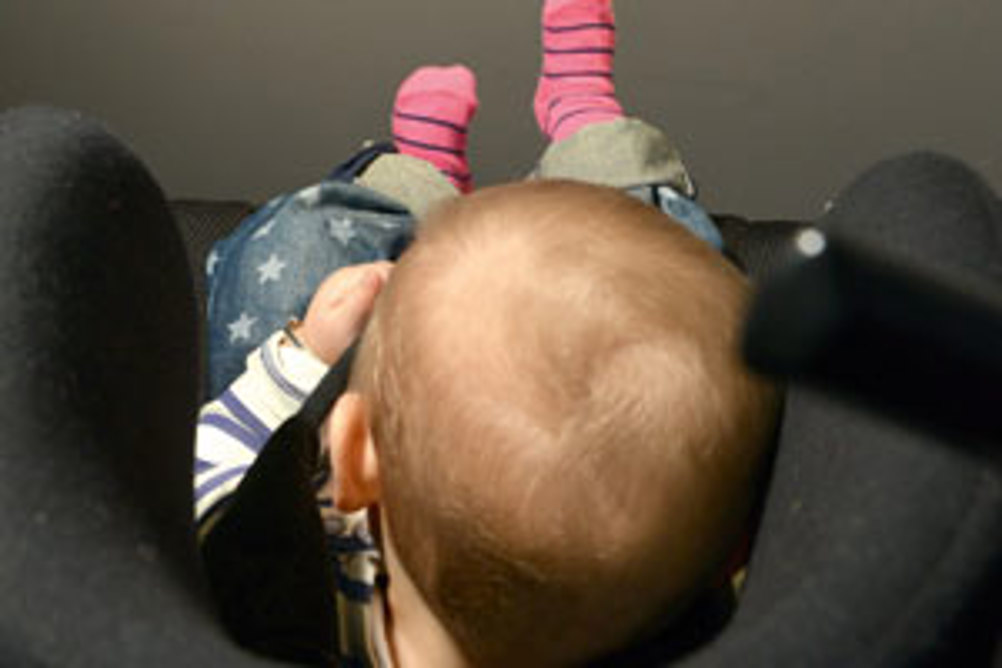
The Sussex Baby Lab, which opened this year within the university's School of Psychology, is recruiting local children as young as four months old to take part in its current project on how babies see colour.
Researchers leading the Rainbow Project hope to study around 400 babies aged four to six months old over two years to determine how they group different colours.
A previous study by the Sussex Baby Lab found that babies know some colours belong together. For example, children at four months treat different greens, such as lime green and forest green, as if they are the same kind of colour.
Register now to continue reading
Thank you for visiting Nursery World and making use of our archive of more than 35,000 expert features, subject guides, case studies and policy updates. Why not register today and enjoy the following great benefits:
What's included
-
Free access to 4 subscriber-only articles per month
-
Unlimited access to news and opinion
-
Email newsletter providing activity ideas, best practice and breaking news
Already have an account? Sign in here
